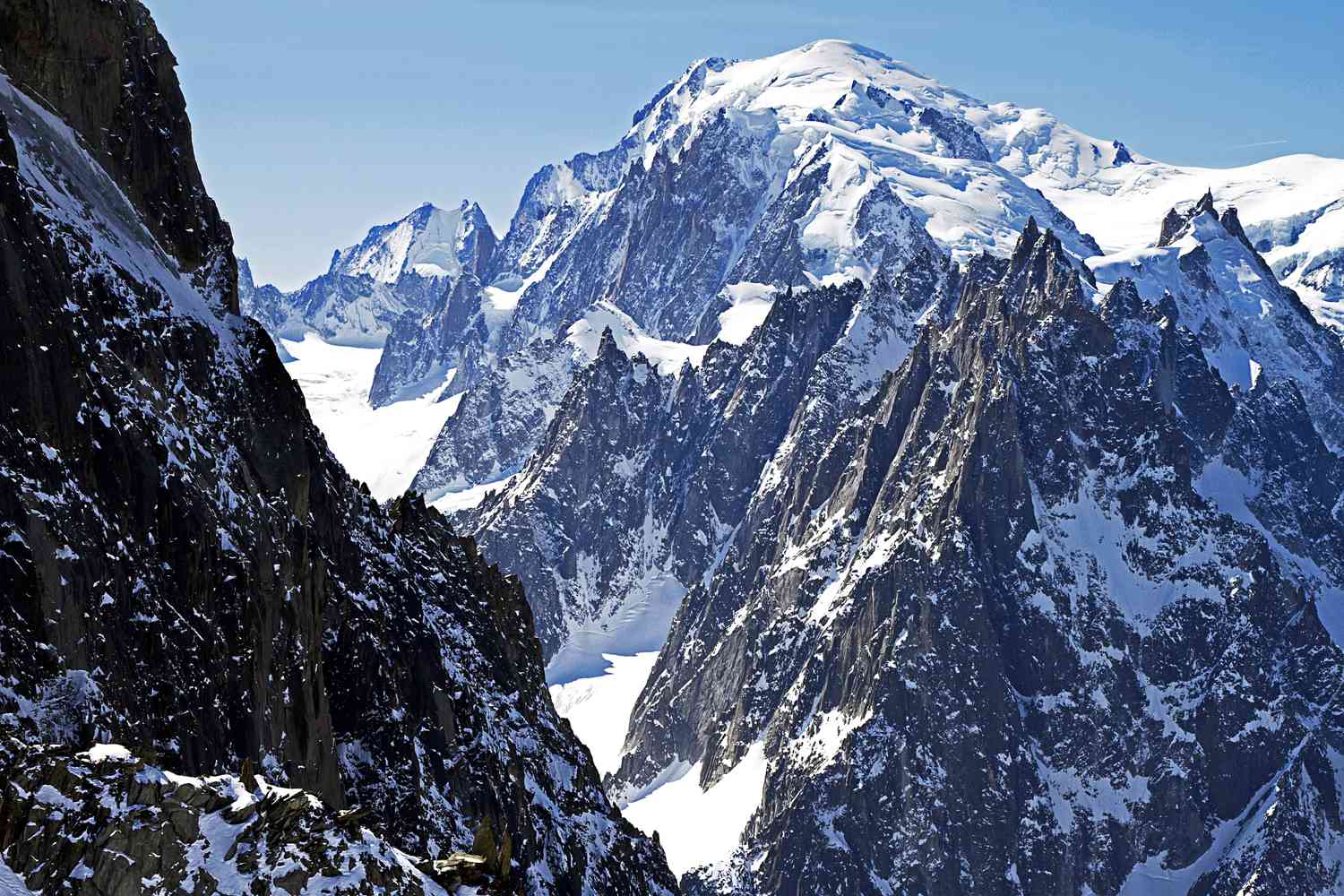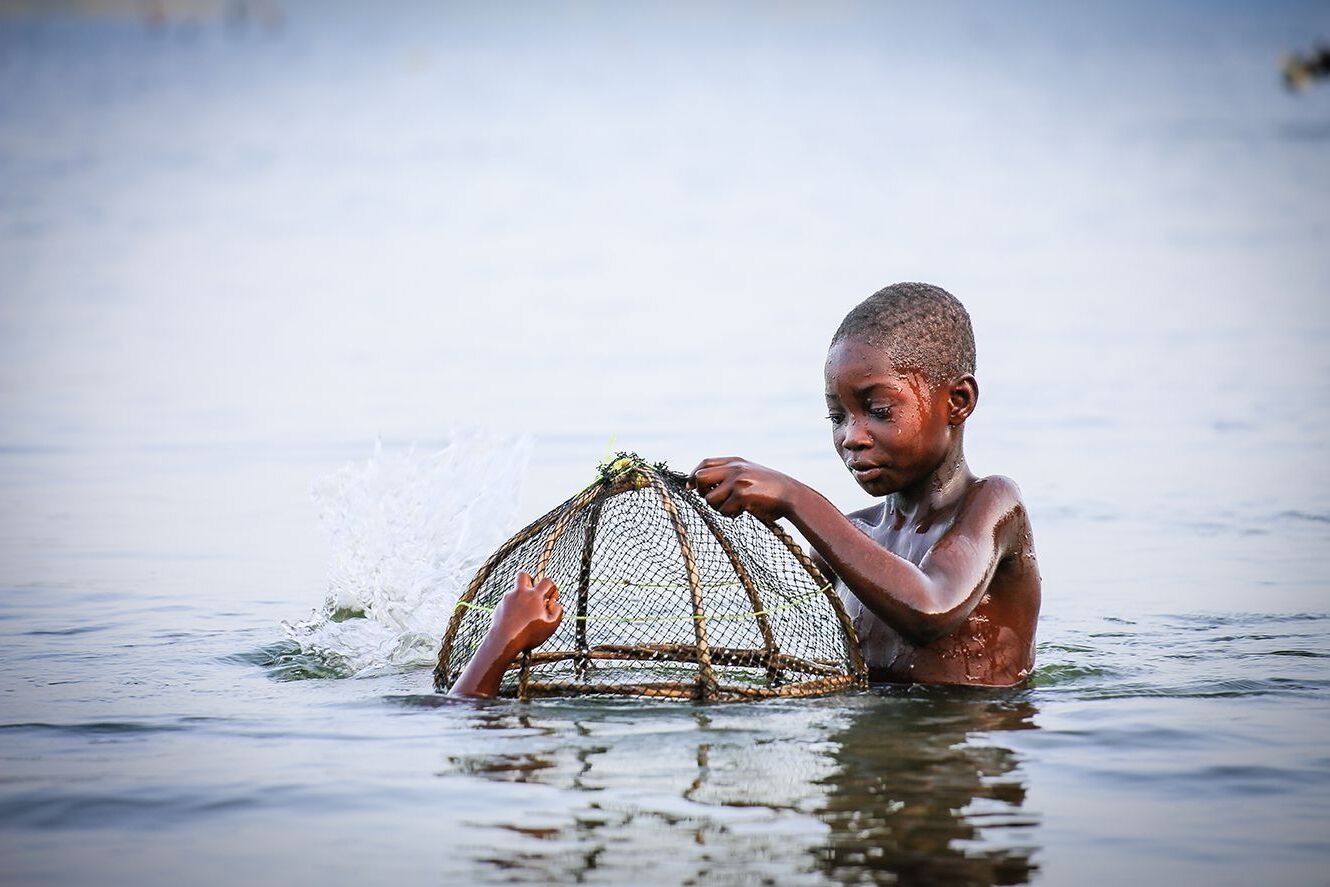
Mont Blanc, also known as the “White Mountain,” is a majestic landmark that graces the border between France and Italy. Standing tall at an elevation of 4,809 meters (15,778 feet), it is the highest peak in the Alps and Western Europe. This iconic mountain has captivated the imagination of adventurers, mountaineers, and nature enthusiasts for centuries.
But there is more to Mont Blanc than just its breathtaking beauty. In this article, we will uncover 14 astonishing facts about Mont Blanc that will leave you in awe. From its geological significance to its rich history, there is a fascinating story behind every aspect of this remarkable mountain.
Key Takeaways:
- Mont Blanc, the highest peak in the Alps, offers breathtaking landscapes, legendary climbing history, and a vibrant ecosystem. It’s a mecca for skiers and a cultural symbol of the region.
- The Mont Blanc Marathon, changing colors, and diverse wildlife make Mont Blanc a magical destination for adventurers and nature enthusiasts. Its cable car and Haute Route offer thrilling experiences for visitors.
The Highest Peak in the Alps
Mont Blanc, also known as “White Mountain,” is the highest peak in the Alps, standing at an impressive height of 4,809 meters (15,777 feet) above sea level. Its majestic summit attracts mountaineers and adventure enthusiasts from around the world.
Shared Border
The massive mountain straddles the border between France and Italy, making it a sought-after destination for hikers looking to explore the picturesque landscapes of both countries.
Legendary Climbers
Mont Blanc has a rich mountaineering history and has been conquered by many legendary climbers. Notable names include Jacques Balmat and Michel-Gabriel Paccard, who successfully reached the summit in 1786, pioneering the way for future adventurers.
Glacial Retreat
Like many other mountains, Mont Blanc has experienced the effects of global warming, resulting in the retreat of its glaciers. Scientists closely monitor these changes to gain insights into the impact of climate change on our planet.
The Mont Blanc Tunnel
The Mont Blanc Tunnel, opened in 1965, connects France and Italy, providing a convenient underground passage beneath the mountain. The tunnel spans approximately 11.6 kilometers (7.2 miles) and serves as a vital transportation link between the two countries.
A Mecca for Skiers
With its stunning alpine scenery and excellent ski terrain, Mont Blanc has become a mecca for skiers and snowboarders. The region offers a wide range of ski resorts, catering to both beginners and experienced athletes.
The Mont Blanc Massif
The Mont Blanc Massif is a mountain range encompassing not only Mont Blanc but also several other peaks, including Aiguille du Midi and Aiguille du Plan. This dramatic landscape is a playground for mountaineers and climbers.
Mont Blanc in Literature
Mont Blanc’s awe-inspiring beauty has captivated countless writers and poets throughout history. It has been featured in various literary works, such as Percy Bysshe Shelley’s famous poem “Mont Blanc: Lines Written in the Vale of Chamouni.
The Mont Blanc Marathon
The Mont Blanc Marathon is an annual event that attracts runners from all over the world. Participants challenge themselves to conquer the rugged mountain terrain and experience breathtaking views along the way.
Mont Blanc’s Changing Colors
Throughout the day, Mont Blanc’s colors change dramatically, ranging from brilliant white to pink and fiery orange during sunrise and sunset. Witnessing these vibrant hues is a truly magical experience.
Mont Blanc’s Wildlife
The Mont Blanc region is home to a diverse array of wildlife, including chamois, ibex, marmots, and golden eagles. Nature enthusiasts visiting the area have the opportunity to observe these fascinating creatures in their natural habitat.
Mont Blanc’s Cable Car
The Aiguille du Midi cable car takes visitors on a thrilling journey to an altitude of 3,842 meters (12,605 feet). From the top, breathtaking panoramic views of Mont Blanc and the surrounding mountains await.
Mont Blanc’s Haute Route
The Mont Blanc Haute Route is a renowned trekking adventure that takes hikers on a multi-day journey through spectacular landscapes, mountain passes, and alpine huts, providing an unforgettable experience for outdoor enthusiasts.
Mont Blanc’s Cultural Significance
Besides its natural wonders, Mont Blanc holds cultural significance for the people living in the region. It has inspired local traditions, folklore, and artistic expressions, making it a cherished symbol of the Alps.
Conclusion
Mont Blanc, also known as the “White Mountain,” is a fascinating landmark with a rich history and awe-inspiring natural beauty. From its towering peaks to its diverse flora and fauna, Mont Blanc captivates visitors from around the world. Whether you’re an avid hiker, a nature enthusiast, or simply someone seeking a breathtaking view, Mont Blanc offers an unforgettable experience.
With its stunning glaciers, challenging trails, and breathtaking landscapes, Mont Blanc is a must-visit destination for adventurers and nature lovers alike. So pack your bags, gather your hiking gear, and embark on an extraordinary journey to discover the astonishing wonders of Mont Blanc.
FAQs
1. How tall is Mont Blanc?
Mont Blanc stands at an impressive height of 4,810 meters (15,781 feet), making it the highest peak in the Alps and Western Europe.
2. Can I climb Mont Blanc?
Yes, climbing Mont Blanc is possible but it requires mountaineering skills, proper equipment, and a guide. It is recommended to have prior experience and be in good physical condition before attempting the ascent.
3. What is the best time to visit Mont Blanc?
The best time to visit Mont Blanc is during the summer months, from June to September, when the weather is generally more stable and the trails are accessible. However, it is important to check weather conditions and consult with local authorities before planning your visit.
4. Are there any wildlife species in Mont Blanc?
Yes, Mont Blanc is home to a variety of wildlife species including ibex, chamois, marmots, and golden eagles. Nature enthusiasts can catch glimpses of these fascinating creatures while exploring the region.
5. Are there accommodation options near Mont Blanc?
Yes, there are several accommodation options available in the surrounding areas of Mont Blanc, ranging from mountain huts and lodges to luxury hotels. It is advisable to book in advance, especially during peak tourist seasons.
6. Can I visit Mont Blanc without hiking?
Absolutely! Even if you’re not an avid hiker, there are other ways to enjoy the beauty of Mont Blanc. You can take cable cars or trains to reach viewpoints with stunning vistas, or simply explore the charming towns and villages nestled at the foot of the mountain.
Captivated by Mont Blanc's majestic beauty and rich history? Continue your exploration of Europe's breathtaking landscapes and thrilling adventures. Discover the adrenaline-pumping world of climbing mountains through the European Outdoor Film Tour, showcasing incredible feats and stunning cinematography. Dive deeper into the grandeur of this iconic mountain range, uncovering fascinating facts about the Alps. Don't miss the chance to learn about the enigmatic allure of Europe's highest peak, Mount Elbrus, which beckons adventurers from around the globe.
Was this page helpful?
Our commitment to delivering trustworthy and engaging content is at the heart of what we do. Each fact on our site is contributed by real users like you, bringing a wealth of diverse insights and information. To ensure the highest standards of accuracy and reliability, our dedicated editors meticulously review each submission. This process guarantees that the facts we share are not only fascinating but also credible. Trust in our commitment to quality and authenticity as you explore and learn with us.


